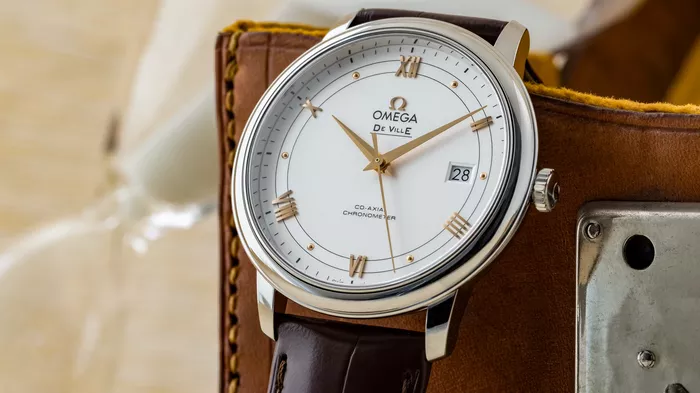The world of vintage watches is a captivating realm where timepieces are not just accessories but artifacts that tell stories of eras gone by. In the spotlight of this horological journey is the 1968 Rolex – a vintage treasure that reflects the design sensibilities and craftsmanship of its time. In this comprehensive examination, we delve into the factors that determine the value of a 1968 Rolex, shedding light on the intricate interplay of history, rarity, and collector demand.
1. The Horological Landscape of 1968: A Glimpse into the Past
Setting the Stage for Timeless Elegance
Historical Context:
1968 was a year that bore witness to cultural shifts, milestones, and innovations. Against this backdrop, Rolex continued its legacy of precision and luxury, contributing to the horological landscape with watches that would later become sought-after vintage pieces.
Key Rolex Models:
In the late 1960s, Rolex continued to produce and refine iconic models such as the Submariner, GMT-Master, Datejust, and Day-Date. Each model carried the brand’s commitment to precision and durability, solidifying Rolex’s reputation in the luxury watch market.
2. Valuation Factors: Decoding the Worth of a 1968 Rolex
Understanding the Elements that Influence Value
Model and Reference:
The specific model and reference of a 1968 Rolex significantly impact its value. Certain models, such as the Submariner or Daytona, are inherently more desirable, while rarer references within those models can command higher prices.
Condition:
The condition of the watch is a paramount consideration in valuation. Well-preserved watches with original components, minimal wear, and unaltered features often command a premium in the market.
Originality and Authenticity:
Collectors place immense value on original components, including dials, hands, bezels, and bracelets. An authentic 1968 Rolex with all original parts is more likely to fetch a higher price among discerning collectors.
3. Notable Rolex Models from 1968: Assessing Individual Worth
Analyzing the Value of Iconic Rolex Models
Rolex Submariner:
The Submariner, a stalwart in Rolex’s lineup, continued to evolve in the late 1960s. A 1968 Rolex Submariner with features such as a matte dial, pointed crown guards, and original bezel inserts can be particularly prized among collectors.
Rolex GMT-Master:
Introduced in the 1950s, the GMT-Master gained popularity among pilots and travelers. A 1968 Rolex GMT-Master with its distinctive two-tone bezel and original “Pepsi” or “Coke” coloration can command attention in the vintage market.
Rolex Datejust and Day-Date:
The Datejust and Day-Date, known for their elegance and functionality, were produced in various configurations in 1968. Unique dial variations, rare materials, and specific features like the “President” bracelet can influence the value of these models.
4. Current Market Dynamics: Navigating Trends and Auctions
Adapting to Contemporary Market Forces
Auction Results:
Notable auction results provide insights into the current market for 1968 Rolex watches. Extraordinary pieces with provenance, limited editions, or unique historical significance often attract substantial bids, driving market trends.
Collector Preferences:
Evolving collector preferences shape market dynamics. The current emphasis on vintage authenticity, rare configurations, and the historical significance of specific years like 1968 influences the desirability and value of Rolex watches from that era.
Conclusion: The Timeless Allure of a 1968 Rolex
Preserving Heritage and Embracing Timeless Elegance
As collectors and enthusiasts traverse the landscape of vintage Rolex watches, a 1968 Rolex emerges as a time capsule, encapsulating the design ethos and technical prowess of that era. Beyond its monetary worth, a vintage Rolex from 1968 carries the intangible value of heritage, craftsmanship, and the enduring elegance that defines the Rolex legacy. Each 1968 Rolex is a testament to the brand’s commitment to excellence, ensuring that it remains a coveted piece in the tapestry of horological history.

